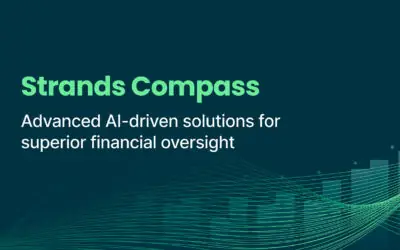Rising consumer expectations in banking have forced banks and financial institutions to look for new ways to create value for their customers, opening the fintech industry to a new range of opportunities for growth. Banking as a Service (BaaS) adds value to banking products via secure open APIs, simplifying and accelerating the implementation process. This end-to-end process allows 3rd parties to connect to financial services and uplift the bank’s core banking systems, building their own banking offerings on top. Software as a Service (SaaS) is based on the same logic as Banking as a Service, but not necessarily focused on providing a banking service.
As the Banking as a Service movement continues to trend in the finance sector, many may start to wonder which possibilities it may bring and the reason why banks pursue it as a revenue model.
BaaS vs. SaaS, explained
Banking as a service (BaaS) tools, allow platforms to integrate financial services into their offering directly into any software such as paying bills or managing cash-flow. API connections allow third parties to build their own offerings on top of banking providers’ infrastructure, resulting in added-value services to customers who can benefit from better fulfilment of their financial needs.
A Software as a Service (SaaS) is a licensing model which can be accessed on a web browser thanks to the use of APIs. This concept can be extended to many topics other than banking, such as CRMs or even calendars. In a sense, a BaaS model is a sub-type of SaaS applied to financial services.
Benefits of Banking as a Service
BaaS platforms are becoming increasingly popular among financial institutions because they provide numerous benefits:
- Growth and agility: partnerships make it easier and faster to go to market and potentially increase the customer base thanks to access to their client’s user base.
- Customization: they are able to select which add-ons the financial institution might need, and learn the different implementation alternatives and use cases.
- Reduced costs: in-house development no longer a must, and also partnerships will help overcome problems that may arise during the process.
- New ways of revenue: thanks to evaluating which solutions the bank or financial institution wishes to implement, they can learn how to monetize their platform by making use of financial data.
What about Open Banking?
Banking as a Service and Open Banking might sound similar because they both connect banks and third party services, but in reality, open banking has been an accelerator which focuses on providing access to customer data rather than the bank’s functionality.
Open Banking access has shown the value of combining open data and capabilities in the banking sector, bringing new guidelines and regulations to the scene. The appearance of these regulations have resulted in BaaS evolving to new secure APIs defined by industry standards.
Our offering
Taking into consideration the evolution of the digital banking industry, at Strands we have developed a new way of acquiring Banking as a Service, providing:
- Core customer engagement features for retail customers
- Core customer engagement features for SMB customers
- Real time insight generator
- Access to open banking providers such as Plaid and Codat (not sure we can disclose the names)
- Analytics features
As Strands continues to commit to help financial institutions grow and accompany them in their journey, banks now can also acquire its financial management suite as a Software as a Service. If you are interested in finding out more about the benefits of our SaaS Banking module, request a demo for free and one of our Sales Reps will get back to you as soon as possible.



